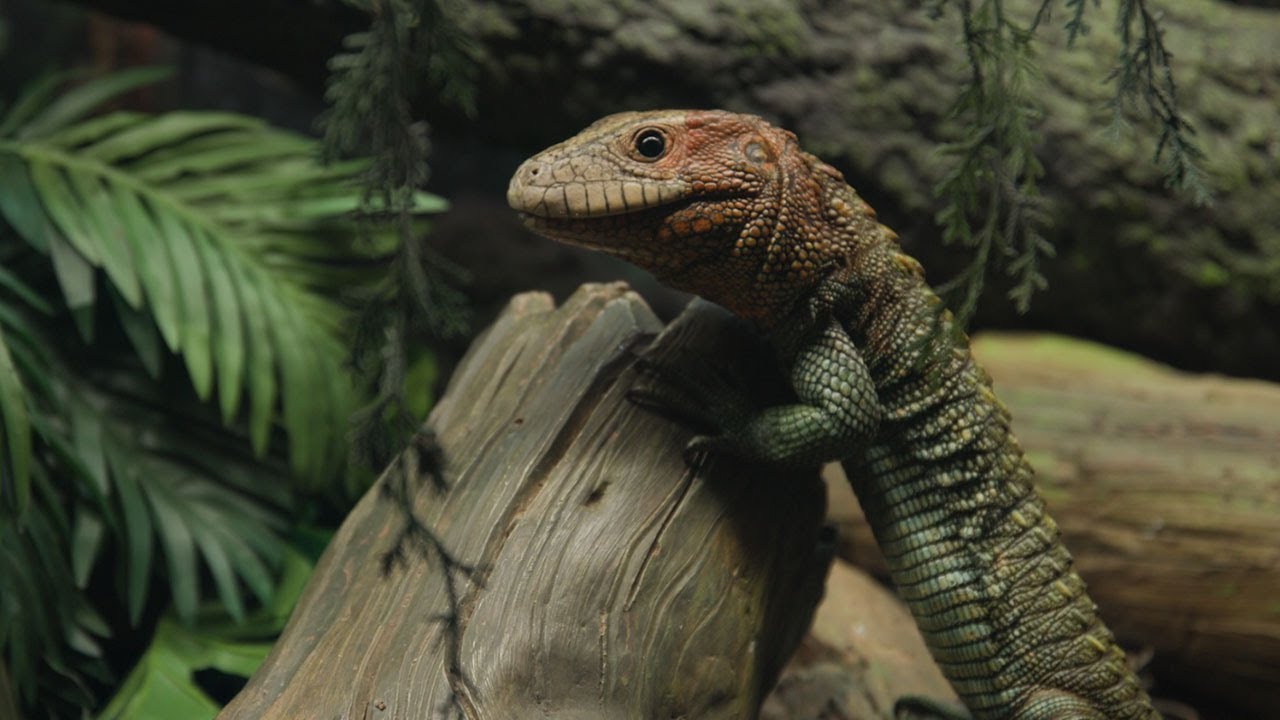- Introduction to Phillip, a fascinating Caiman Lizard and its distinctive habitat and lifestyle.
- Detailed anatomy and physiological adaptations of the Caiman Lizard necessary for its survival.
- Insights into Phillip’s natural diet and feeding behavior in both wild and controlled environments.
- The significance of conservation efforts in protecting Caiman Lizards and their ecological importance.
- Best practices and challenges faced in zoo management with Caiman Lizards like Phillip.
Phillip, the Caiman Lizard, stands as a striking example of biological marvel. Known scientifically as Dracaena guianensis, these reptiles belong to the family Teiidae and are primarily found in the northern part of South America. The discovery and observation of Phillip provide a fascinating glimpse into their lifestyle and habitat preferences. This lizard species flourish in wetland environments, often inhabiting swampy areas with dense vegetation and slow-moving rivers. This particular choice of habitat equips them with the environmental support they need, such as abundant food reserves and ample hiding spots from predators.
Phillip and his counterparts have adapted remarkably to their habitats. The substance of their adaptability is found in their anatomy and physiology. Caiman Lizards possess thick-scaled, armor-like skin providing excellent defense against predators. Their unique coloring blends seamlessly into their surroundings, giving them an edge as ambush predators. This camouflage also helps them in hiding from larger carnivores. The robust mandibles and strong jaw muscles of Phillip enable him to consume hard-shelled prey, which is a significant component of their diet.
Phillip’s reptilian physiology includes sharp, serrated teeth and a reinforced jaw structure necessary for feeding on snails, a staple in their diets. The teeth are well-suited for breaking the shells of these mollusks, allowing access to the nutritious interior. Furthermore, the long, muscular tails of Caiman Lizards act as props assisting in both swimming efficiently and maintaining balance on trees and banks while foraging. Adept swimmers, they rely on their well-developed limbs to maneuver through water as they hunt and escape threats.
Feeding behavior in Caiman Lizards is an intriguing point of study, especially observed through Phillip in a controlled zoo setting. In captivity, Phillip is fed a diet that mimics his natural one, consisting predominantly of invertebrates such as crustaceans and snails. This dietary management is crucial for maintaining his health and vitality, given his specialization in this area. In his natural environment, Phillip would utilize his acute sense of smell to locate prey, demonstrating impressive skill in hunting and food intake.
The conservation status of Caiman Lizards, including Phillip’s species, has drawn attention due to habitat destruction and the illegal pet trade. Despite being listed as "least concern" by the IUCN Red List, local populations face threats from deforestation and human encroachment. These particular external threats jeopardize their wetlands, reducing available habitats and food resources. Conservation efforts focus on protecting these environments and implementing legal frameworks to curb the illegal pet trade that targets these reptiles for their unique appearance.
Zoo management plays a vital role in conserving species like Phillip. In a managed care situation, reproduction and habitat simulation for Caiman Lizards require specific environmental conditions. Artificial wetlands, sun lamps for basking, and temperature-controlled water systems replicate natural habitat elements. Additionally, zoos must ascertain social housing arrangements, as interpersonal interactions between Caiman Lizards can fluctuate, necessitating configurations that prevent conflict and promote well-being.
Managing Caiman Lizards in zoos presents its share of challenges. Reproduction programs aim to mimic natural conditions as much as possible, ensuring genetic diversity and the healthy growth of hatchlings. Veterinarians and reptile specialists work tirelessly to monitor and maintain the health of these lizards, aware that stress and improper care can lead to health declines. Understanding the natural history and behavioral patterns of these reptiles is fundamental to providing optimal care within a zoo environment.
The story of Phillip serves as an educational channel for the public, fostering greater awareness of Caiman Lizards. By observing Phillip, audiences gain insight into a complex life form’s ecological role and the delicate balance needed for its conservation. Educational presentations at zoos, enriched with live demonstrations of Phillip’s feeding and interaction, promote understanding and appreciation for reptiles among visitors.
The conservation and management of reptiles like Phillip underline the importance of sustainable practices to maintain biodiversity. Zoos and wildlife reserves act as sanctuaries to secure these species’ future. In this way, Phillip the Caiman Lizard becomes emblematic of broader efforts to protect wildlife, inspiring future generations to invest in preserving these exotic creatures and their invaluable roles in the ecosystem.
*****
Source Description
Meet Phillip! He’s one of our northern Caiman lizards that reside in the Reptile & Amphibian House. They are native to the northern part of South America and are uniquely adapted to their environment to be good swimmers, climbers, and burrowers.
A year ago, Phillip’s animal care team noticed swelling on the right side of his face. After further evaluation by our veterinary team and outside veterinarians, including Dr. McCoy, a board-certified veterinary dentist, it was discovered that he had cancer in his jaw. He had surgery last fall and recently got the clear to go back on exhibit with his friend, George.


